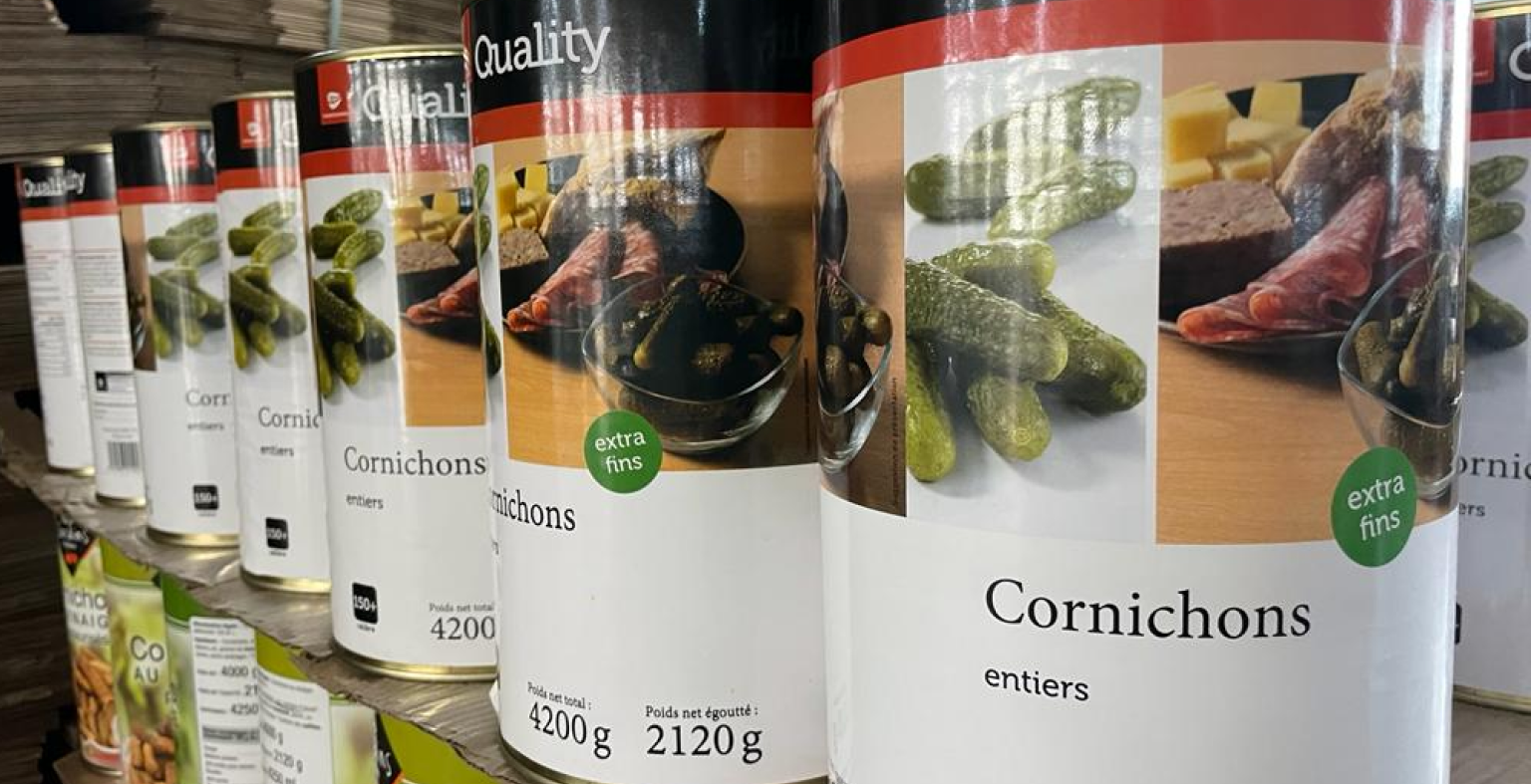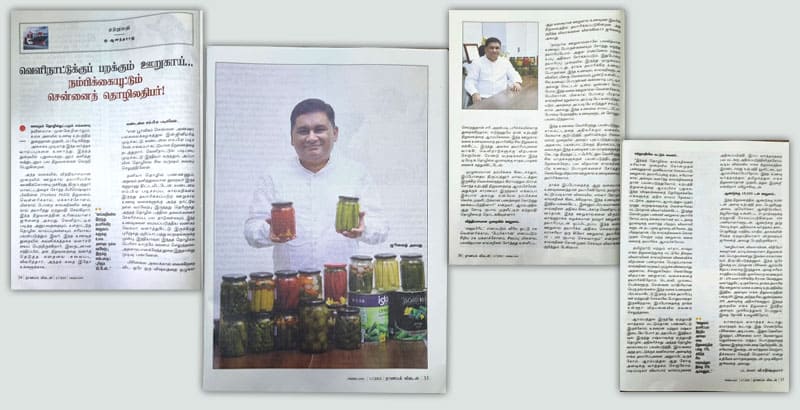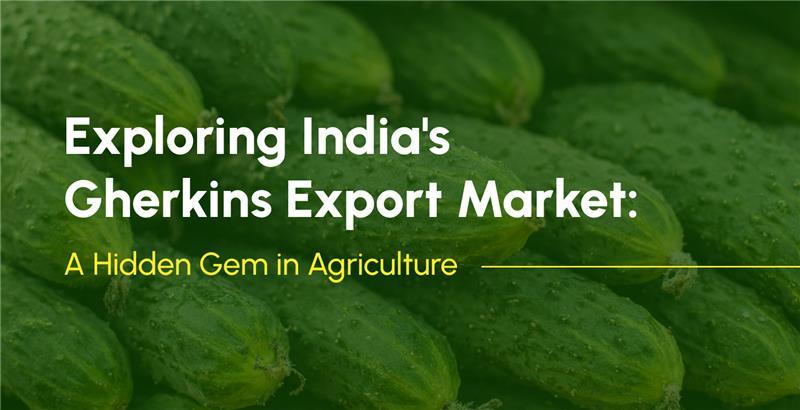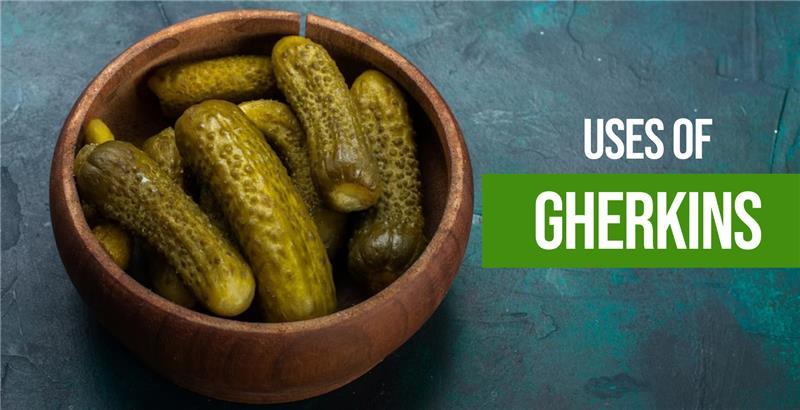Blog
Gherkins From Seed to Export: The Journey of High Quality Agricultural Produce
Gherkins are a small variety of cucumber that is commonly pickled and used in salads and sandwiches. These little green wonders are a popular snack around the world, but have you ever stopped to think about how they make their way from the seed to your plate? And Gherkin exporters From India. In this post, we’ll take a closer look at the journey of high-quality gherkins, from seed to shelf.

Step 1: Seed Selection
The first step in producing high-quality gherkins is selecting the right seeds. Farmers choose seeds that are disease-resistant and have high yield potential. They also look for seeds that will produce gherkins that are uniform in size and shape with a smooth surface.

Step 2: Planting
Gherkin plants thrive in warm, humid conditions, so they are typically grown in regions with mild to warm climates. Farmers prepare the soil by tilling and adding nutrients to ensure healthy plant growth. The seeds are then planted in rows, and the young plants are watered regularly.

Step 3: Cultivation
As the gherkin plants grow, they require regular maintenance to ensure that they produce a healthy crop. This includes watering, weeding, and pruning. Gherkin plants are also trained to grow on trellises to keep the fruit off the ground, which helps prevent disease and allows for easier harvesting.

Step 4: Harvesting
Gherkins are typically harvested by hand when they reach their desired size and before they become overripe. The timing of the harvest is crucial, as gherkins that are too small or too large can impact the final product’s quality. Farmers usually harvest gherkins every two to three days to ensure they are picked at the right time.
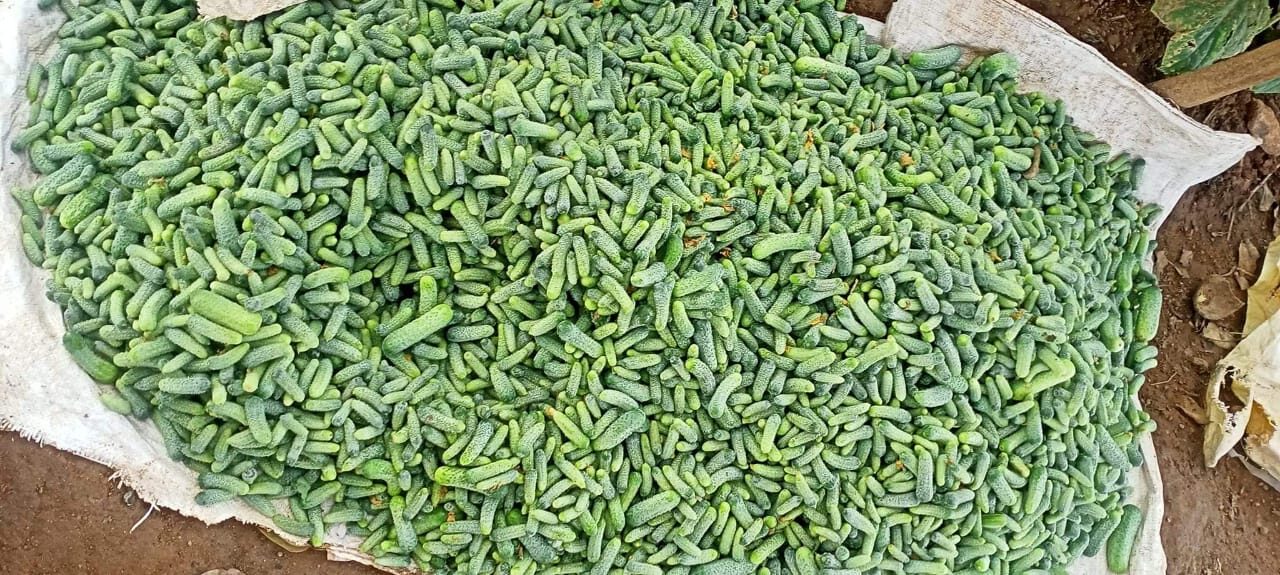
Step 5: Sorting and Grading
Once harvested, the gherkins are sorted and graded to remove any defective or damaged fruits. This process ensures that only high-quality gherkins make it to the next stage of the production process. Sorting and grading also help to standardise the product and ensure that it meets the required specifications.
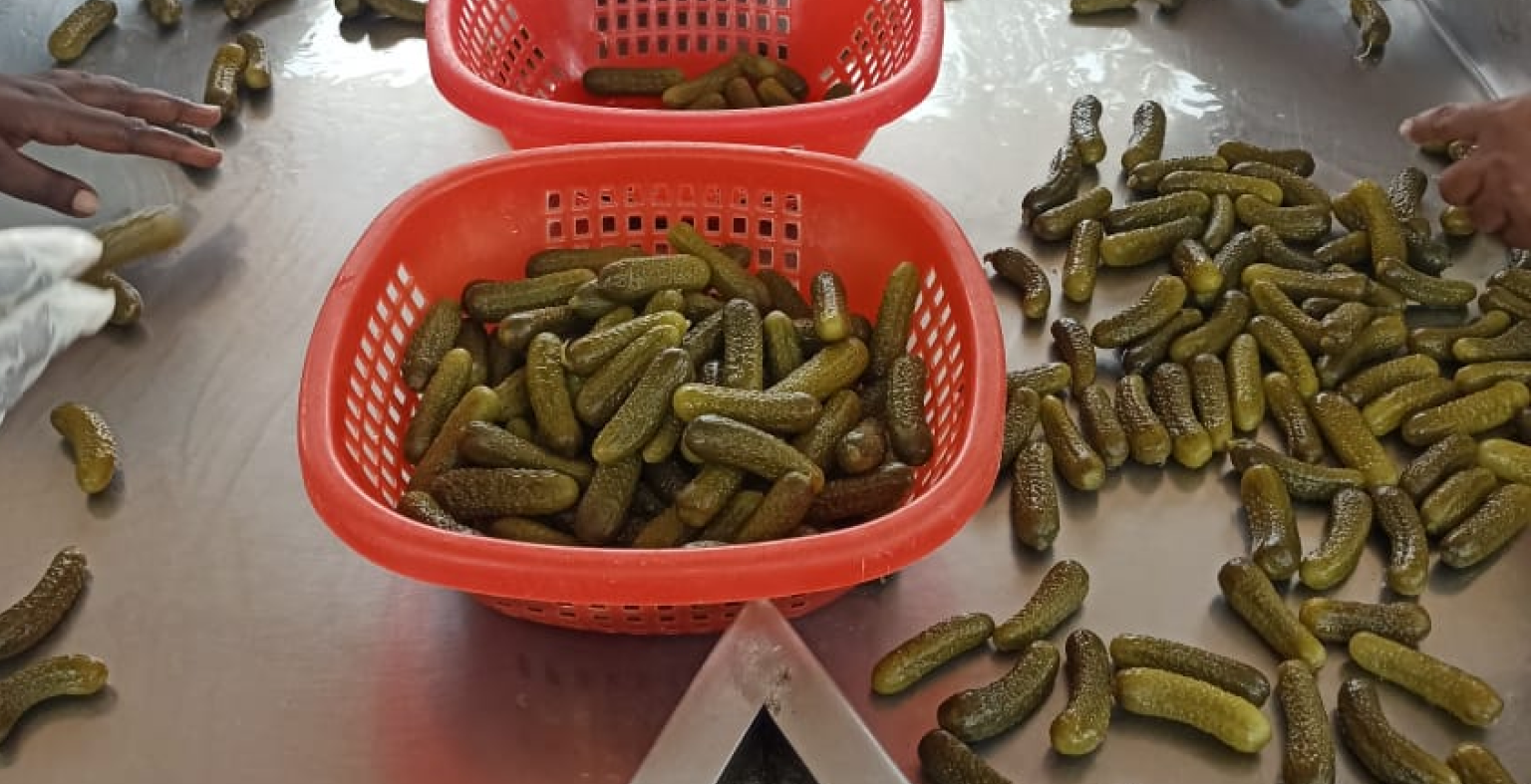
Step 6: Bringing and Pickling
After sorting and grading, the gherkins are brined in a solution of salt, water, and vinegar. This process helps to preserve the gherkins and enhance their flavor. The brining process can take anywhere from a few hours to several days, depending on the desired level of sourness. Freshara Agro Exports Ltd also played a crucial role in the global trade and Gherkin exporters From India.
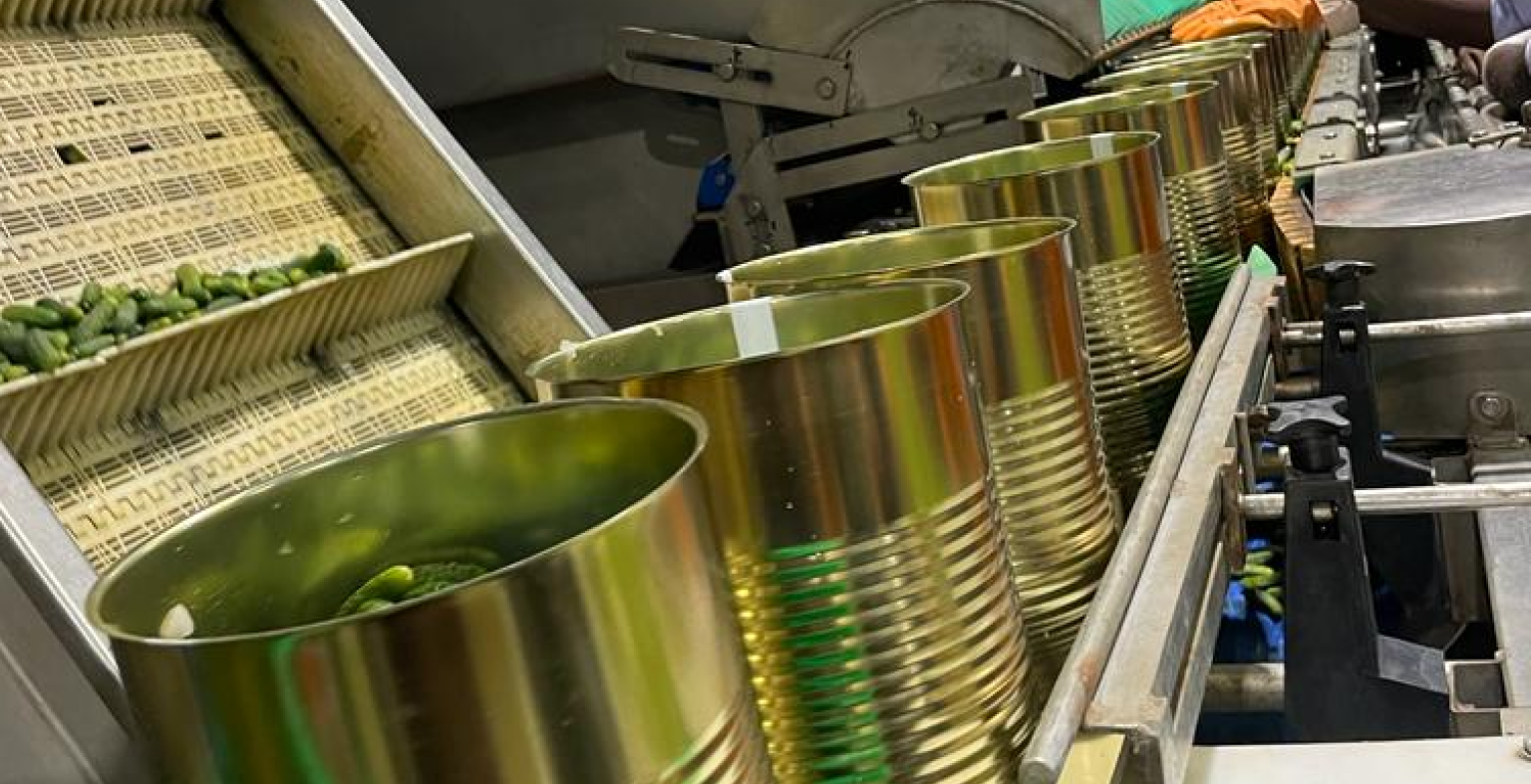
Step 7: Packaging
Once the brining process is complete, the gherkins are packaged in jars or cans, along with spices and other flavorings. The jars are then sealed and labelled before being shipped to a container and exported to another country.
In conclusion, producing high-quality gherkins is a complex process that requires careful attention to detail at every stage. From selecting the right seeds to packaging the final product, every step in the process is essential to ensure that the gherkins are of the highest quality. Freshara Agro Exports Ltd plays a significant role in supplying Pickled Gherkins to consumers worldwide. So the next time you enjoy a crunchy gherkin, take a moment to appreciate the journey it took to get to your plate. We are the best Gherkins companies exporters in india.
